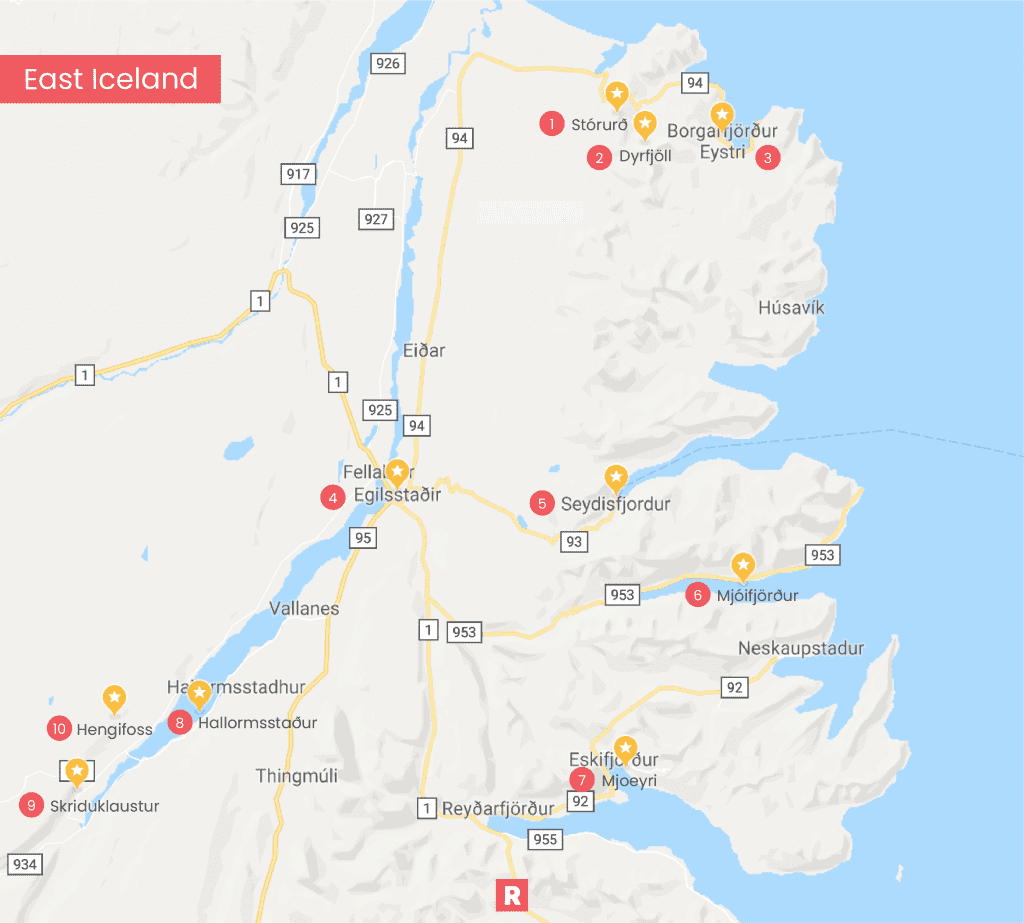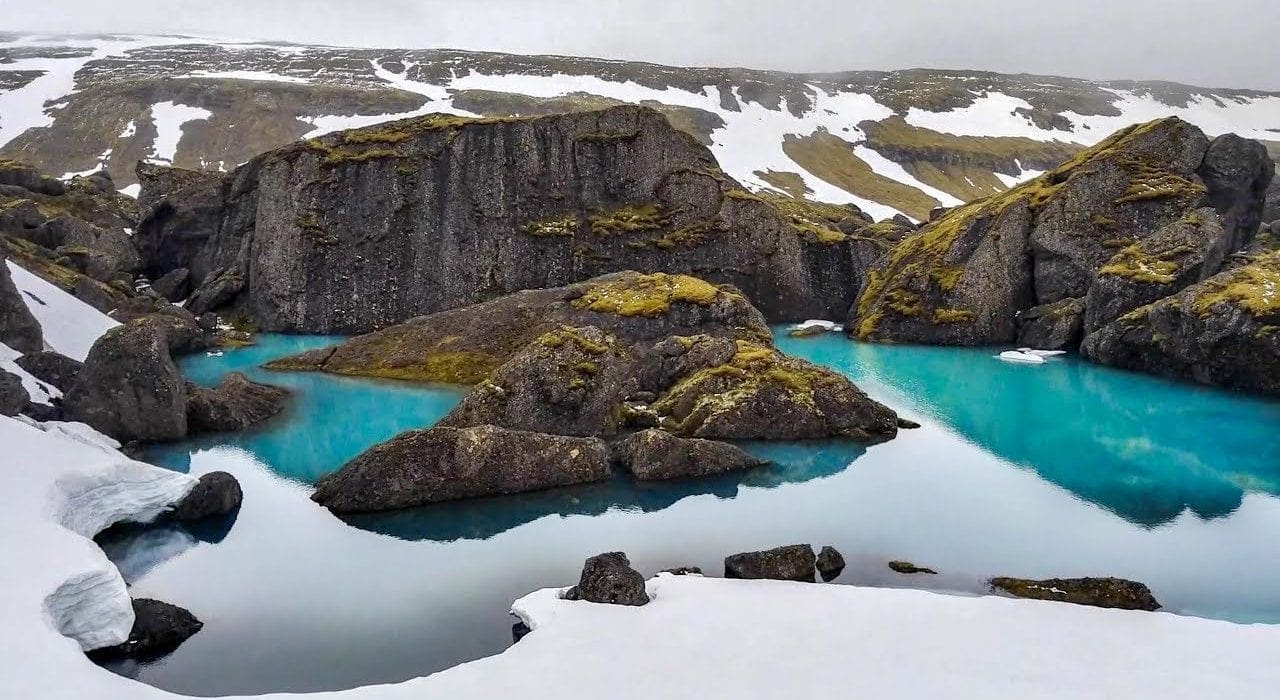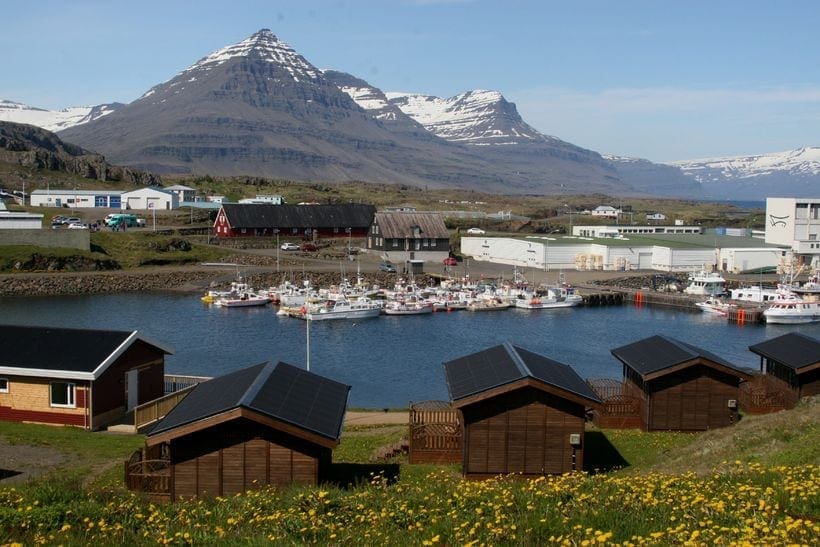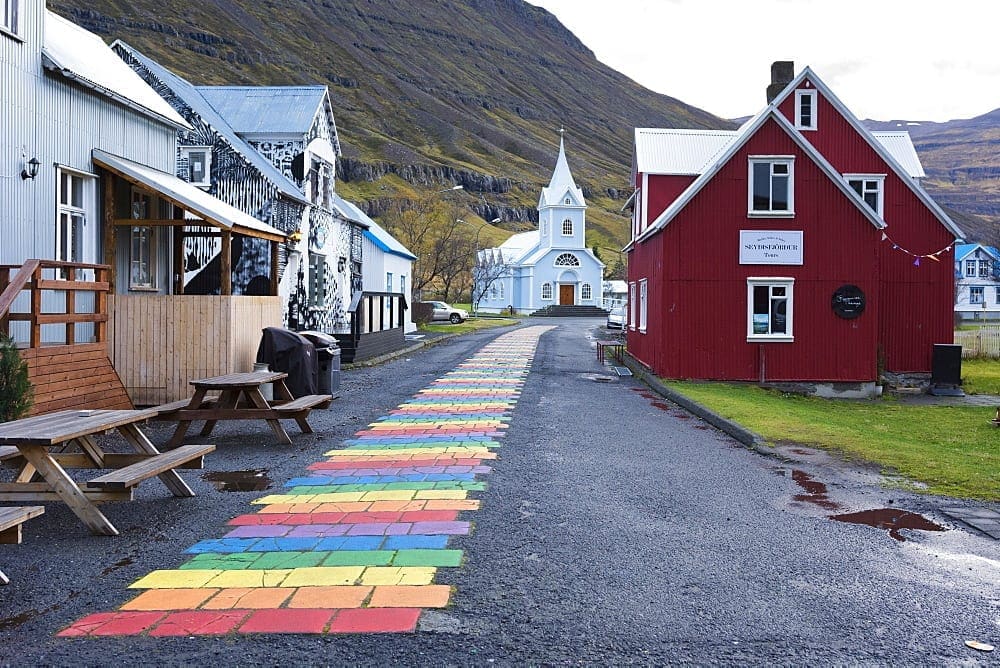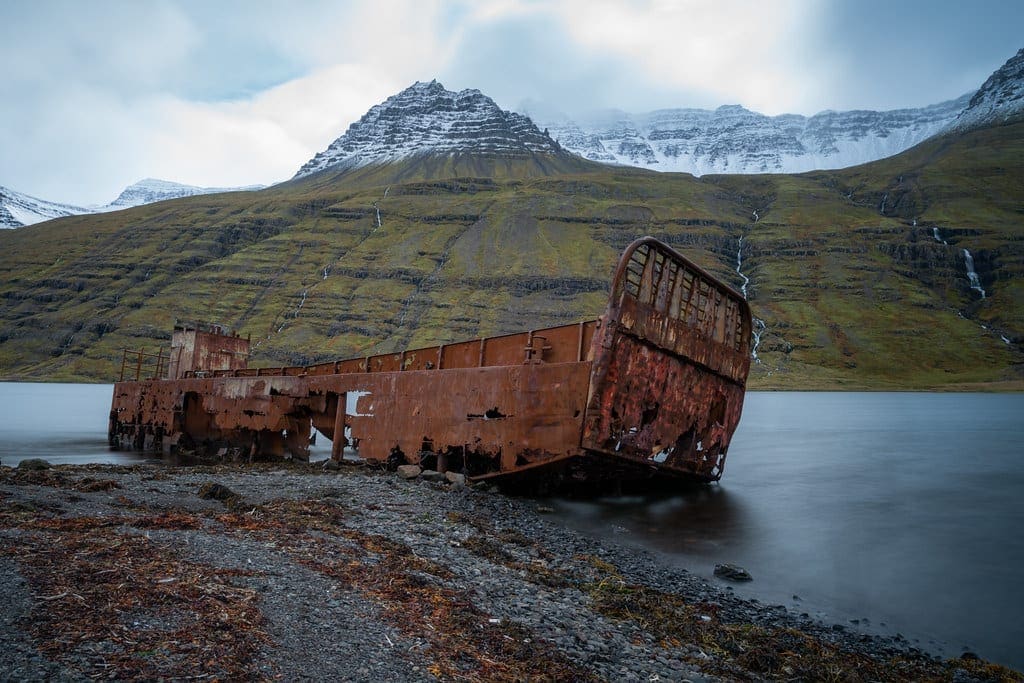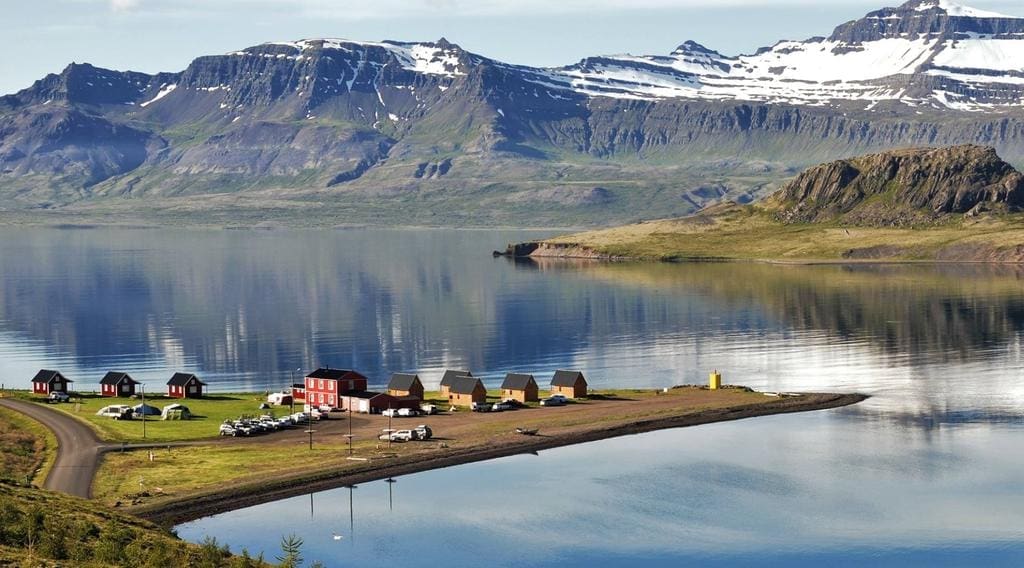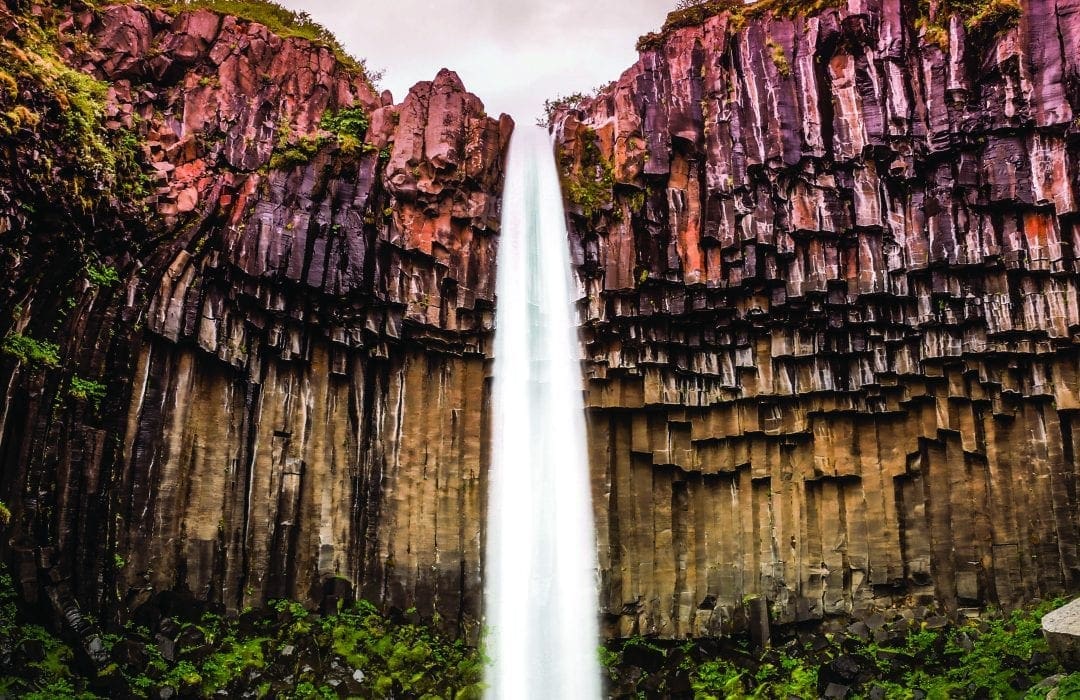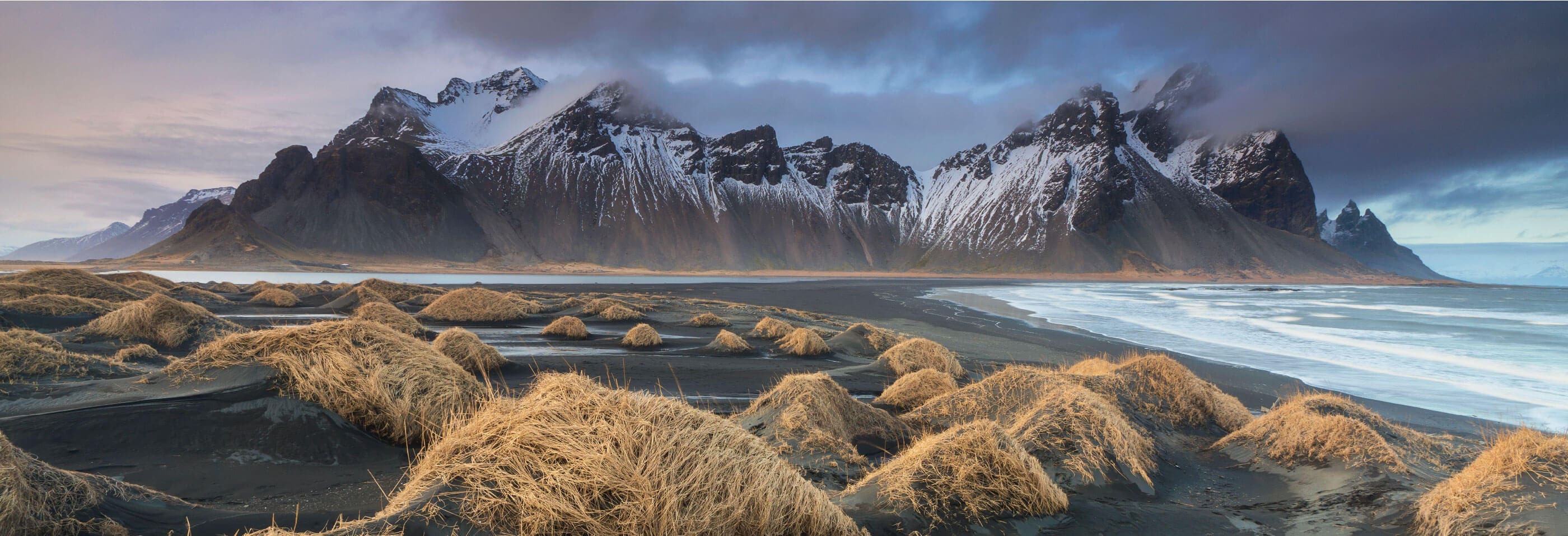Hallormsstaður National Forest
Hallormsstaður is the National Forest of the East Fjords. People believe Iceland doesn’t have that many forests due to climate, but Hallormsstaður is the largest one in the country, and it covers a vast area of around 740 hectares. It is a peaceful place for you to be surrounded by stunning nature, and there are 11 hiking paths, which are shown in the maps available at the beginning of every trail. The fun thing about this national forest is that there are two camping areas open to the people: Atlavík and Höfðavík.
Skriðuklaustur – Centre of Culture & History
In 2012, after an archaeological excavation, the ruins of Skriðuklaustur revealed that it was once home of a monastery. The ruins are still shown, and the site is open all year-round. Apart from these ruins, the mansion of the famous Icelandic writer Gunnar Gunnarsson is here. It was built in 1939 as his residency home and entrusted to the nation in 1949. The house is now the center of culture & history with exhibitions and tours run by The Gunnar Gunnarsson Institute. They have a program called In-Residence, which offers writers, composers, scholars, and other artists to use the 2-bedroom apartment for 3 to 6 weeks. What a creative way of enjoying the house of a famous person!

